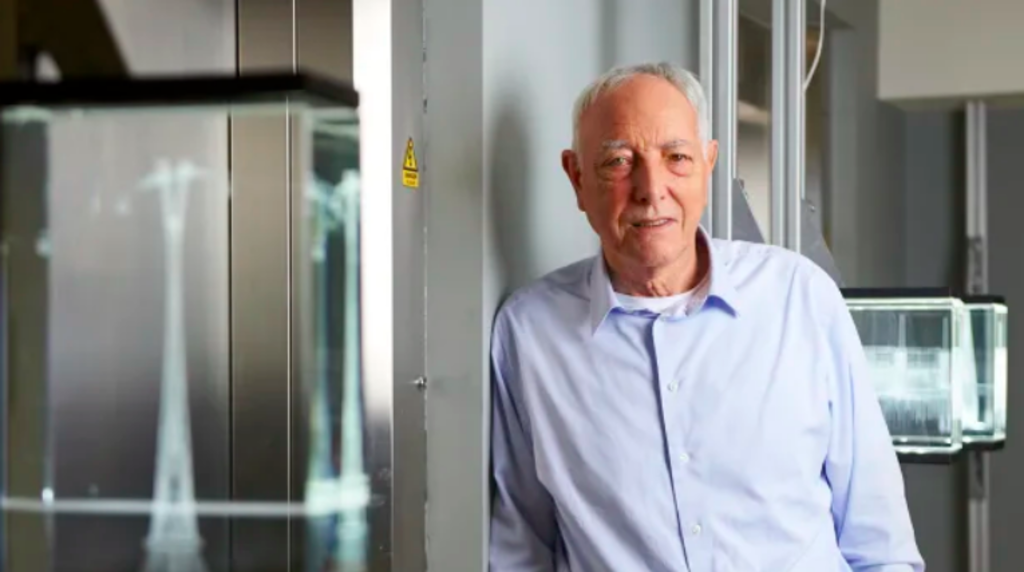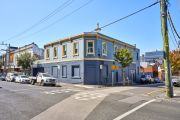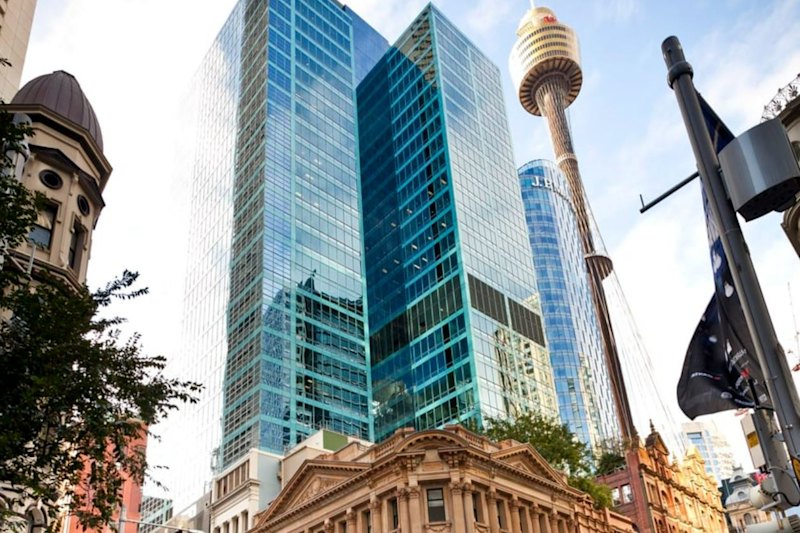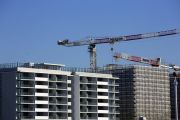
Crown Barangaroo architects WilkinsonEyre set up shop Down Under
Leading British architects WilkinsonEyre, designers of Crown’s tower in Sydney and its stalled sister skyscraper in Melbourne, will set up an office in Sydney as they look to grab a bigger share of the Australian market.
The firm this month deployed a young Australian architect from its London office, Stuart Dow, to roll the pitch ahead of sending one of its directors out to take charge next year. It will be the practice’s fourth office after London, Paris and Hong Kong.
Chris Wilkinson, the prize-winning founder of the practice, will jet into Australia this week to gee up the firm’s profile, as Crown’s Barangaroo behemoth takes shape.
Surrounded by architectural models in his London office, he told The Australian Financial Review he didn’t want to miss a trick, as he had following the practice’s Gardens by the Bay project in Singapore.
“After Gardens by the Bay, we were given space in the client’s offices. When the project finished they closed it up and we came home. It has had 50 million visitors, it’s more than the Taj Mahal and we didn’t get any work at all off the back of it,” he said.
“We learned a lesson that you have to be there, really: take advantage of it. And it’ll be the same at Barangaroo. People will say ‘that’s a nice building’, but they won’t say ‘who did it, who’s the architect?’ – so we feel we need to be around.”
James Hulme, WilkinsonEyre’s head of communications and marketing, said the practice sensed a wide spread of opportunities opening up Down Under.
“It’s in commercial and educational and cultural and infrastructure. It’s quite a rich mix. The Australian market is a little bit more outward looking: it looks at things going on in Singapore, China, and Hong Kong which are thousands of miles away and regards them as relevant exemplars. Whereas we don’t even look at the other side of Europe in the same way. There’s a slightly blinkered approach in the UK.”
WilkinsonEyre has a track record in railway projects, and so it’s eyeing up the prospect of potential metro developments, both above and below ground.
“We have been noticing the new metro lines going in, and up to recently we kept out of it because you need to have people on the ground to do that, because you’re working very, very closely with the engineers and you really need to be close together,” Mr Wilkinson said.
The firm has also built up some expertise in high-rise towers, which Mr Wilkinson said was also an attraction in Australia.
“Towers tend to work better when they’re clustered together. Sydney is already spread out, you can’t really keep going, you’ve got to densify the centre,” he said. “When you densify the centre it means higher-rise and it means having the infrastructure to bring people straight into the centre by metro or by high-speed rail.”
The practice is on the short list for the Cockle Bay project in Sydney, on the Darling Harbour foreshore south of Barangaroo. Mr Wilkinson said his team would be selective in the opportunities it pursued.
“We’re only really interested in buildings where we feel we can make a positive statement or gesture. That doesn’t mean it has to be expensive, but it does mean it has to be an interesting project,” he said.
“We’re not trying to conquer the world, we’re just interested in opportunities that kind of suit us, where we think we could add something. We feel that there are opportunities there but we have to see.”
And there was also the simple opportunism of having an Australian, Mr Dow, in the right place at the right time.
“Stuart is very gregarious. He’s in a way what we would think of as a typical Australian. But he’s very good at what he does,” Mr Wilkinson said.
“But he’s always had a sort of desire to go back, and we gave him the opportunity. He’s just right for us, really – we wouldn’t have sent him out if he hadn’t worked for us for a few years and got on well.”











